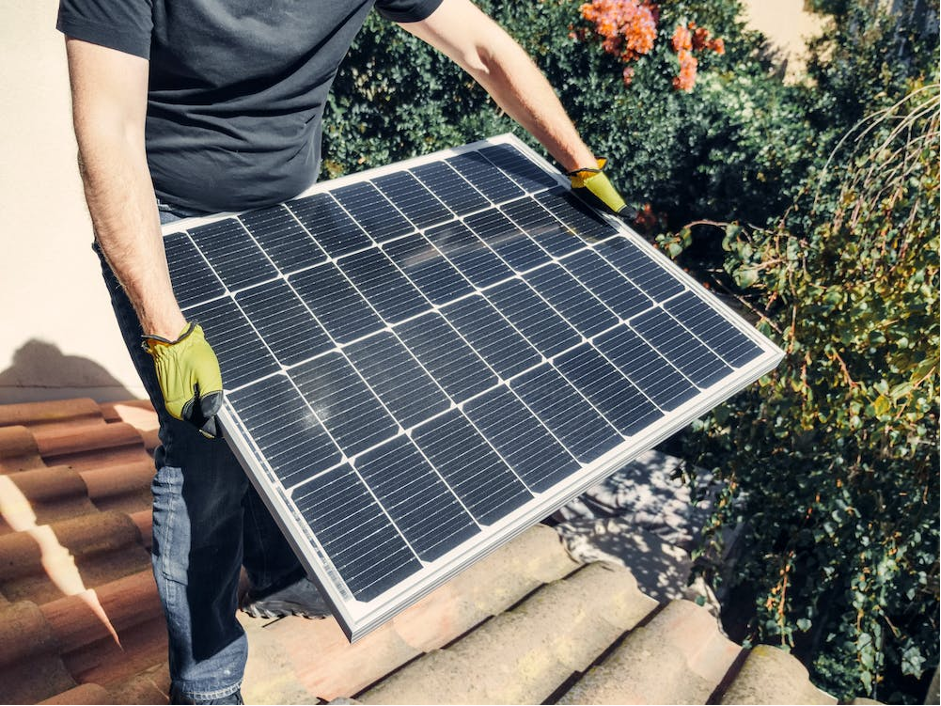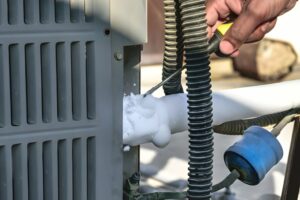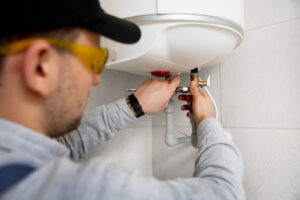
Solar energy is rapidly gaining popularity as a renewable and sustainable source of power. The installation of solar panels has become a common sight on rooftops, in residential areas, and even in large-scale solar farms. However, it is not enough to simply install solar panels; proper fitting and positioning are crucial to ensure maximum efficiency and optimal energy production. In this article, we will explore the importance of proper solar panel fitting by professionals like forevergreen-energy.co.uk and how it can significantly impact the overall performance of a solar energy system.
1. Maximizing Sun Exposure
The primary purpose of solar panels is to convert sunlight into electricity. Therefore, it is essential to position them in a way that maximizes sun exposure throughout the day. Solar panels should ideally be installed on a south-facing roof or surface with minimal shading from trees, buildings, or other obstructions. By optimizing sun exposure, solar panels can generate more electricity and produce higher energy yields.
In addition to the ideal south-facing position, the angle of solar panels also plays a crucial role in maximizing sun exposure. The angle of the panels should be adjusted according to the specific latitude of the installation site. This ensures that the panels receive the most direct sunlight possible, especially during the peak sun hours.
Regular maintenance and cleaning of solar panels are also important to maintain their efficiency. Dust, dirt, and other debris can accumulate on the surface of the panels, blocking sunlight and reducing their energy production. Therefore, it is recommended to clean the panels regularly to remove any obstructions.
Furthermore, it is essential to consider the local climate and weather conditions when installing solar panels. Areas with high levels of cloud cover or frequent rainfall may experience reduced solar energy production compared to sunnier regions. However, advancements in solar technology have made panels more efficient even in less sunny conditions.
2. Preventing Shading and Obstructions
Shading can significantly reduce the efficiency of solar panels. Even a small amount of shade on a panel can cause a drop in power output. Therefore, it is crucial to carefully consider the surroundings and potential sources of shade when installing solar panels. Trees, neighboring buildings, chimneys, and other obstructions should be taken into account to avoid shading during peak sunlight hours.
3. Proper Roof Integration
The integration of solar panels with the roof is another critical aspect of proper fitting. Solar panels should be securely attached to the roof using appropriate mounting systems to withstand various weather conditions, such as strong winds and heavy snow loads. Improper roof integration can lead to damage to both the solar panels and the roof itself, compromising the overall performance and longevity of the system.
In addition to the structural integrity of the mounting system, proper roof integration plays a vital role in the performance and longevity of a solar panel system. When solar panels are securely attached to the roof using appropriate mounting systems, they are better equipped to withstand harsh weather conditions such as strong winds and heavy snow loads.
One of the main reasons for ensuring proper roof integration is to prevent any damage to the solar panels and the roof itself. If the panels are not securely attached, they may be susceptible to dislodging or even falling off during high winds. This not only poses a safety hazard but also leads to potential damage to the panels and the roof.
Similarly, if the mounting system is not designed to handle heavy snow loads, it can put excessive stress on both the panels and the roof. Snow accumulation can cause the panels to sag or even break if not properly supported. Additionally, the weight of the snow can put strain on the roof structure, potentially leading to leaks or other roof damage.
Proper roof integration also ensures that the solar panels are able to effectively harness solar energy. If the panels are not securely attached and properly aligned, their performance may be compromised. This can result in reduced energy production and lower overall system efficiency.
4. Ensuring Optimal Wiring and Connections
The wiring and connections between solar panels, inverters, and other system components play a crucial role in the overall efficiency of a solar energy system. Poor wiring and connections can result in power losses, voltage drops, and increased resistance, which ultimately reduce the system’s performance.
5. Regular Maintenance and Monitoring
Proper fitting is not a one-time task but an ongoing process that requires regular maintenance and monitoring. Solar panels should be inspected periodically to ensure they are clean, free from debris, and functioning optimally. Any signs of damage or malfunction should be addressed promptly to prevent further deterioration and maximize the longevity of the system.
Regular maintenance and monitoring are essential for ensuring the proper functioning and longevity of solar panels. It is important to periodically inspect the panels to check for cleanliness and any debris that may have accumulated. Keeping the panels clean and free from obstructions will optimize their performance and maximize energy production.
In addition to cleanliness, it is crucial to monitor the panels for any signs of damage or malfunction. This can include cracks, loose connections, or any other issues that may affect the efficiency of the system. Promptly addressing these problems is vital to prevent further deterioration and ensure the panels continue to operate optimally.
Conclusion
The proper fitting of solar panels is of utmost importance to maximize their efficiency and overall performance. By optimizing sun exposure, preventing shading and obstructions, ensuring proper roof integration, maintaining optimal wiring and connections, and conducting regular maintenance and monitoring, solar panels can generate more electricity, increase energy yields, and contribute to a sustainable and clean energy future.







